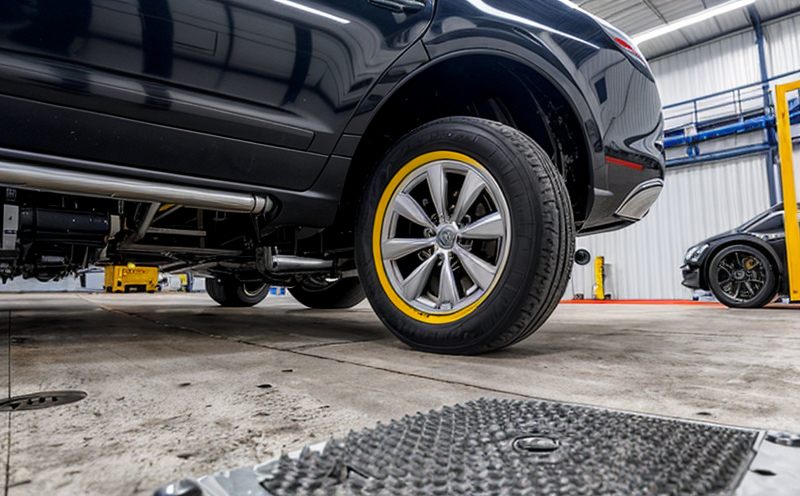ISO 2685 Fire Resistance Testing of Aerospace AM Parts
The ISO 2685 standard provides a method for determining the fire resistance properties of materials and products, which is essential in ensuring that components used in aerospace applications meet stringent safety regulations. This service focuses on the specific requirements outlined by this standard when applied to additive manufactured (AM) parts intended for use in the aerospace industry.
The aerospace sector demands high-performance materials capable of withstanding extreme conditions while maintaining structural integrity and safety. Additive manufacturing offers a tailored solution, enabling precise part design and material optimization. However, ensuring these parts are fire-resistant is paramount, especially given their potential exposure to high temperatures during flight operations or in emergency scenarios.
Fire resistance testing according to ISO 2685 involves subjecting specimens to controlled flame impingement under specific conditions. This process evaluates the ability of a material to withstand ignition and continue burning for a certain duration without spreading fire. The standard defines critical parameters such as flame height, exposure time, and the behavior post-fire test.
For aerospace AM parts, this testing ensures that in case of an onboard fire, these components do not contribute to the spread or intensification of flames, thereby enhancing overall safety. The primary goal is to prevent catastrophic failures leading to structural damage or fuel leaks which could jeopardize passenger and crew safety.
The testing procedure typically involves preparing samples according to specified dimensions and orientations relevant to their intended application within an aircraft. Specimens are then exposed to a standard flame source for a prescribed period, followed by evaluation of the extent of burning, char formation, and other factors influencing fire performance.
Our state-of-the-art facilities employ advanced instrumentation capable of replicating real-world conditions accurately. Our team of experts ensures rigorous adherence to ISO 2685 guidelines, providing reliable data on material behavior under fire exposure. The results help manufacturers make informed decisions about material selection and process optimization for safer AM parts.
The findings from this testing can significantly impact various aspects of aerospace manufacturing. For instance, they influence the choice of materials used in critical components like engine mounts or cabin partitions. By choosing fire-resistant materials identified through ISO 2685 compliance, manufacturers ensure their products meet regulatory requirements and contribute to safer aircraft designs.
Moreover, these tests play a crucial role in reducing risks associated with post-fire inspections and maintenance activities. Aircraft operators rely on such data to assess the likelihood of component failure under fire conditions, allowing for proactive replacement strategies that enhance operational reliability.
Customer Impact and Satisfaction
- Ensures compliance with aerospace industry standards for fire safety.
- Enhances reputation as a provider of safe, reliable AM parts.
- Facilitates smoother regulatory approval processes for new products.
- Safeguards customer confidence in product quality and performance.
By partnering with us for ISO 2685 fire resistance testing, customers benefit from expert guidance and cutting-edge facilities. Our comprehensive approach ensures that every aspect of the test is conducted meticulously, leading to high levels of satisfaction among our clients.
Environmental and Sustainability Contributions
Incorporating ISO 2685 fire resistance testing into aerospace AM part production processes supports sustainability initiatives by promoting safer, more reliable products. This reduces the risk of accidents caused by component failure due to fire exposure, ultimately contributing to a healthier environment for all stakeholders involved.
Competitive Advantage and Market Impact
- Positions companies as leaders in safety-conscious manufacturing practices.
- Aids in differentiation from competitors through superior product performance.
- Promotes trust among end-users, enhancing brand loyalty.
- Safeguards against potential recalls or lawsuits related to fire incidents involving AM parts.
By leveraging ISO 2685 testing, aerospace manufacturers can gain a competitive edge by demonstrating their commitment to safety and quality. This not only attracts more customers but also fosters long-term relationships based on reliability and trustworthiness.





